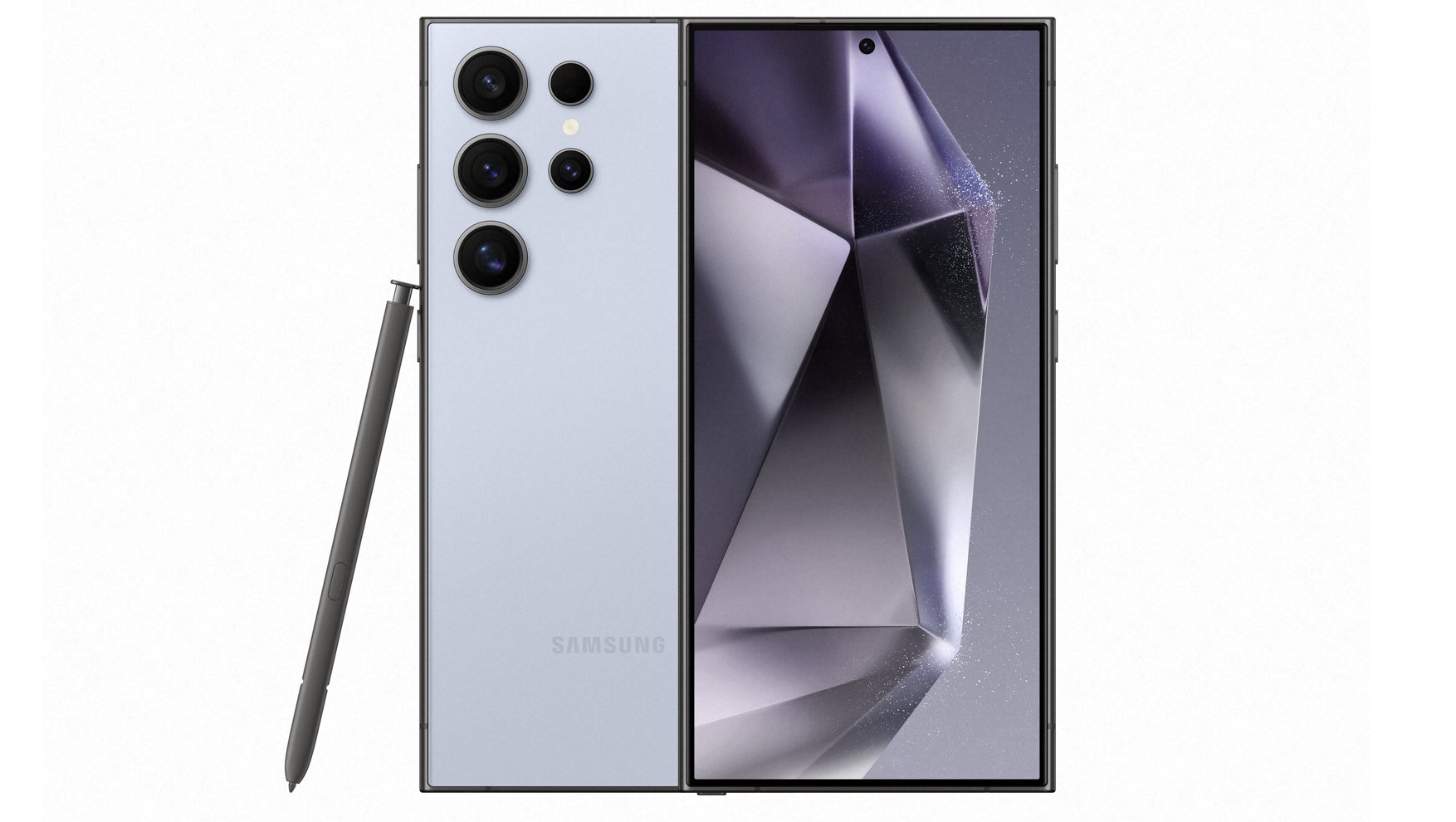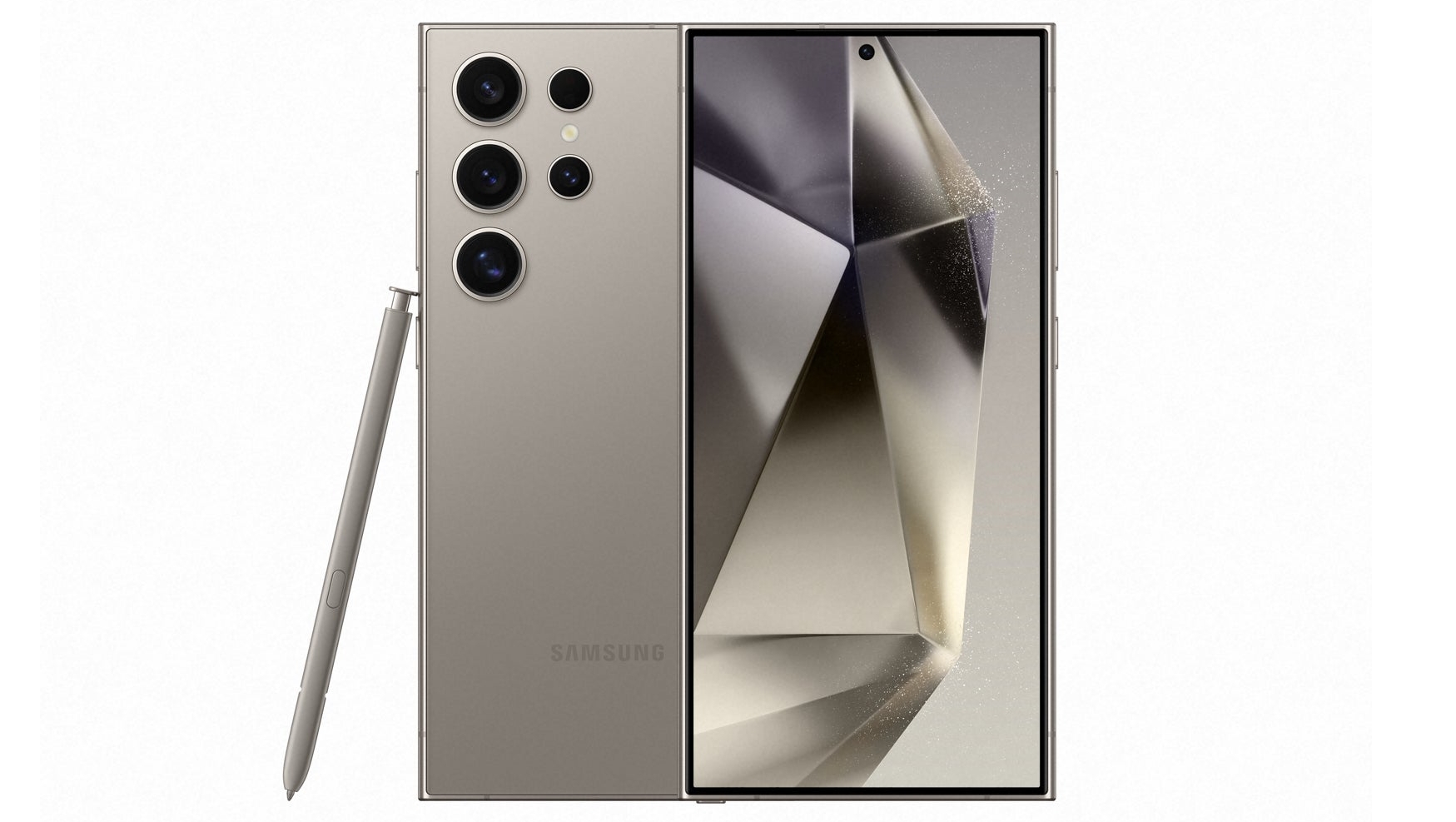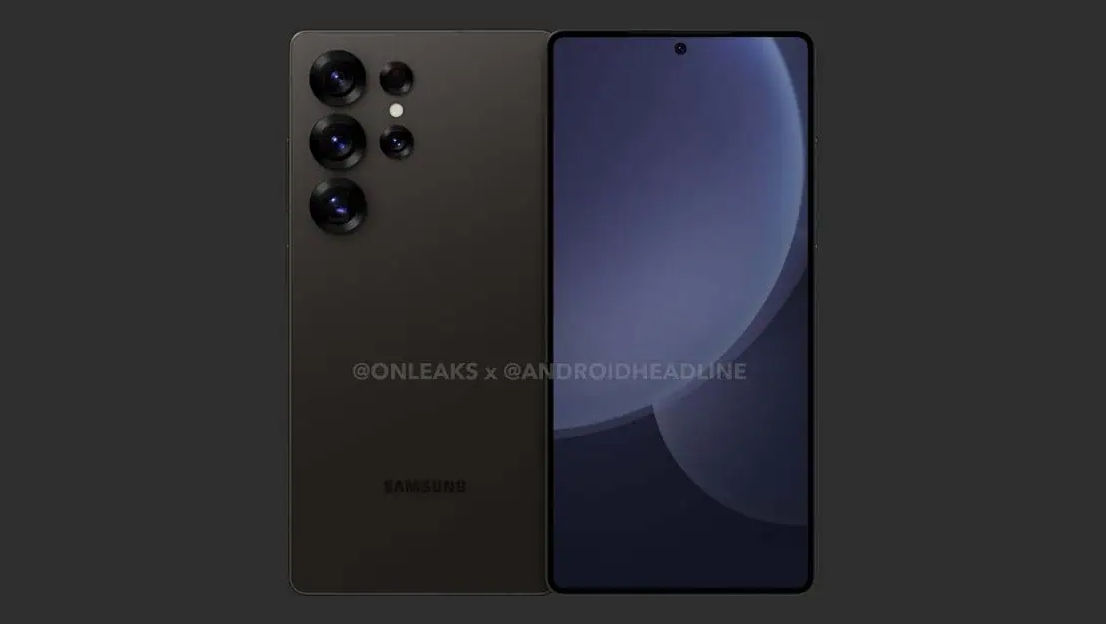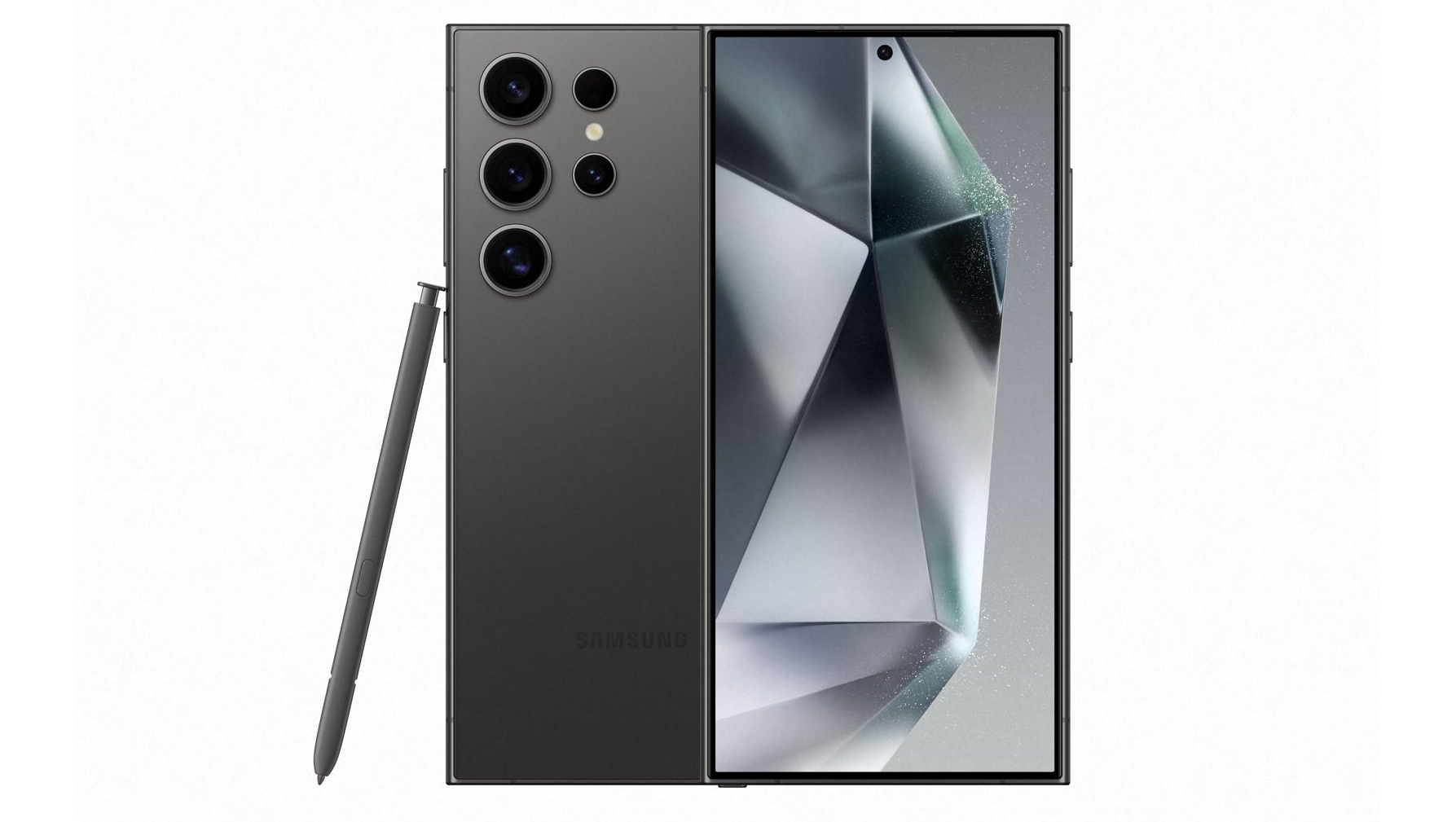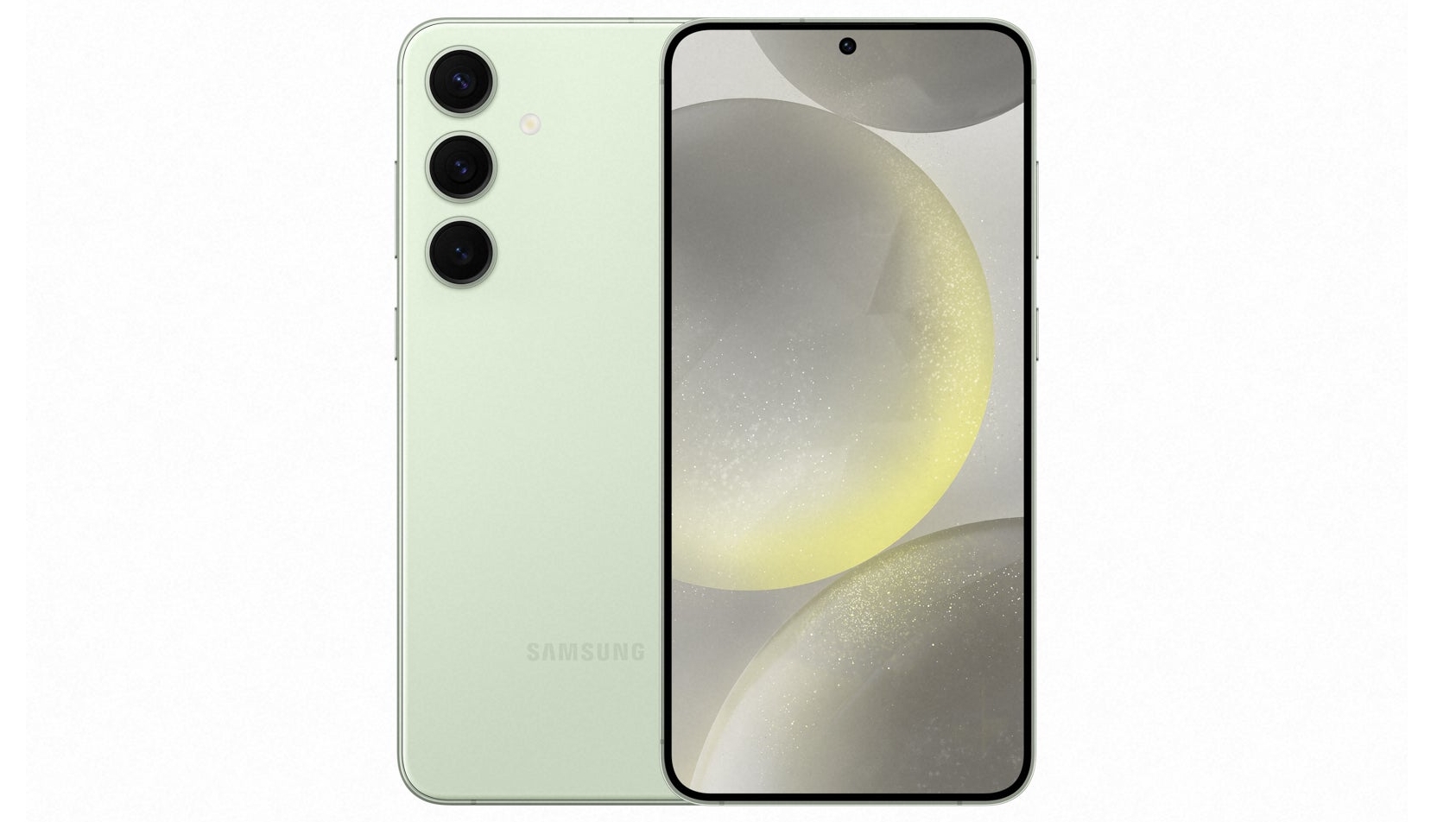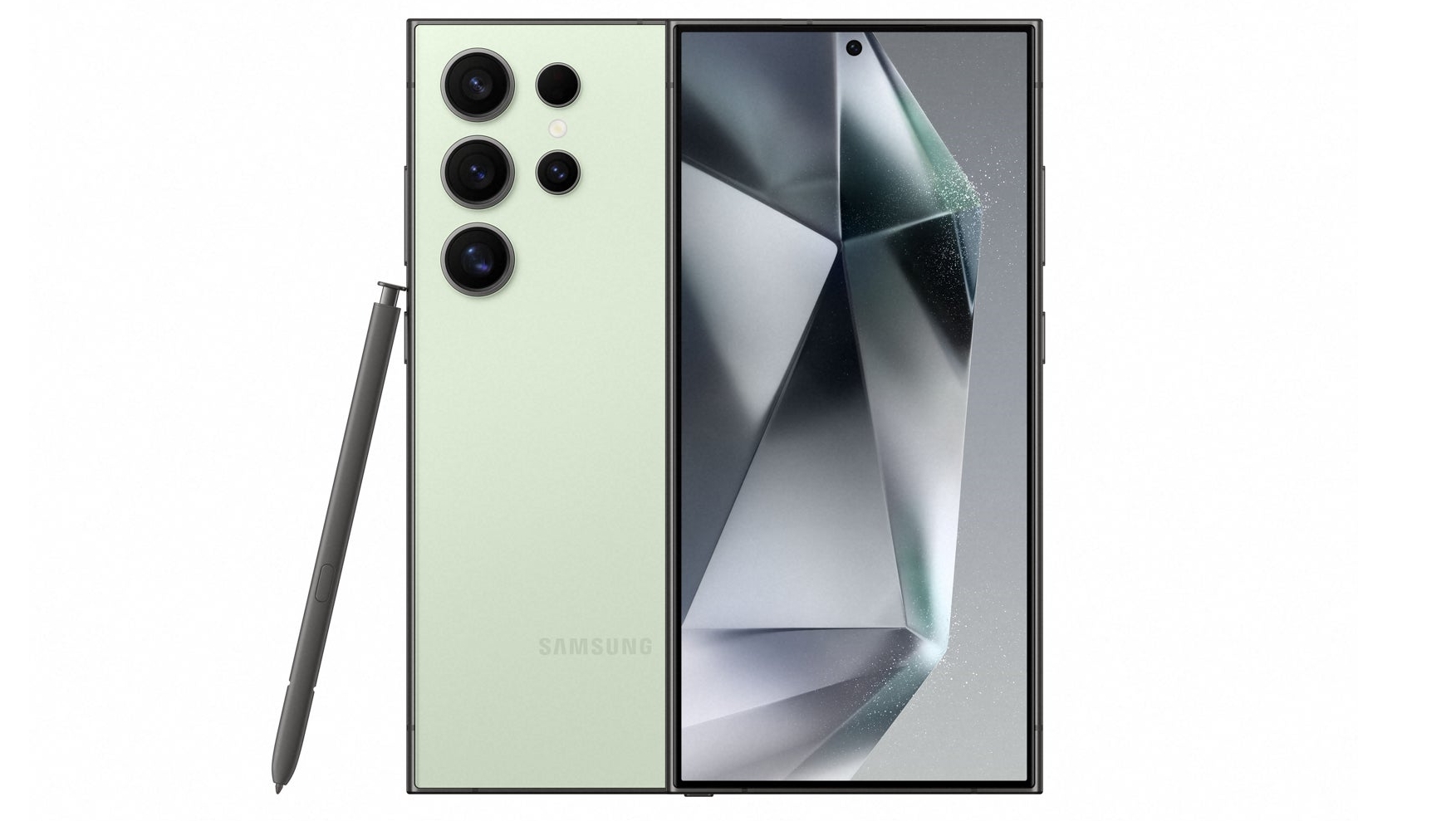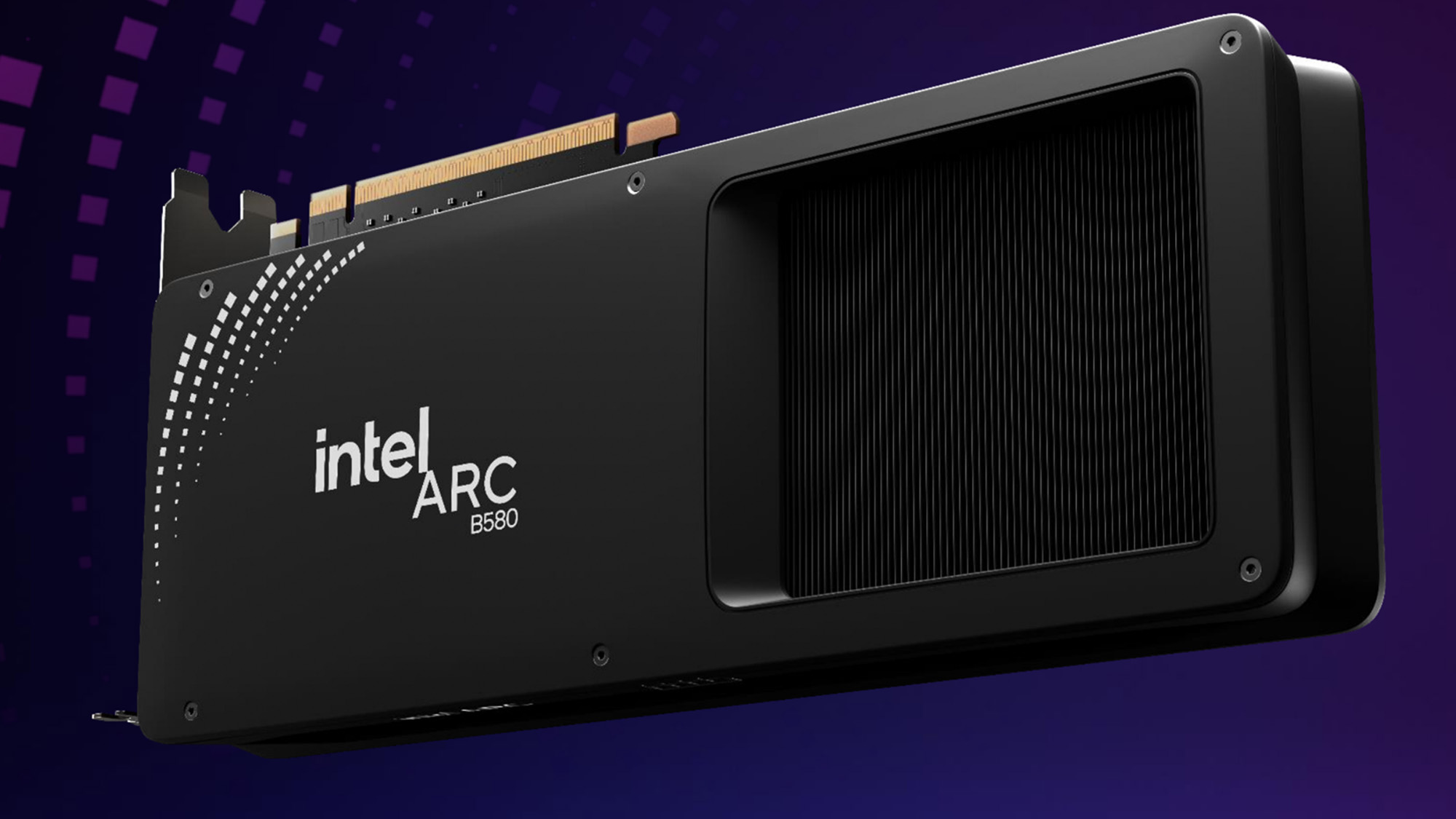- ChatGPT can be manipulated into creating viruses and malicious code
- A report shows that some hackers are using it in the wild for Macs
- But ChatGPT might not be the devastating weapon that some fear
The subject of whether Macs can get viruses – and if they do, whether you should install antivirus software – is a contentious one among Apple fans.
A new report from Mac security firm Moonlock suggests the threat is now on the rise from AI-powered malware. Yet on one side are those who believe antivirus apps are more hassle than they’re worth, slowing down your computer in the face of a minimal threat level. On the other, there are people who urge caution against a changing world of hackers and virus creators.
It's all a bit of a mess, and it can often be hard to know which side to believe. But with this new report shedding light on some of the tactics hackers are using to victimize Mac users, could it be that that’s all about to change? Here's our verdict.
The myth: Macs don’t get viruses

There’s a long-held belief that Macs don’t get viruses, with adherents claiming that a mixture of common sense (don’t download torrents and pirated software, for instance) and built-in macOS tools like Gatekeeper are sufficient to keep you protected from anything that’s thrown your way.
There’s some weight to those claims – Macs certainly get far less malware than Windows PCs thanks to a combination of macOS’s sturdy antivirus tools and Apple’s much lower market share being less attractive to would-be attackers. But the idea that Macs are totally invulnerable to spyware, trojans, and other digital nasties is wide of the mark.
In fact, we’ve seen reports of Mac virus threats increasing at a rapid rate over the last few years, with malware writers honing their skills in order to target Apple fans. Even North Korean hackers are getting in on the act, such is the growing importance of macOS to threat actors.
The reality: They can – but the threat of AI tools may be overblown
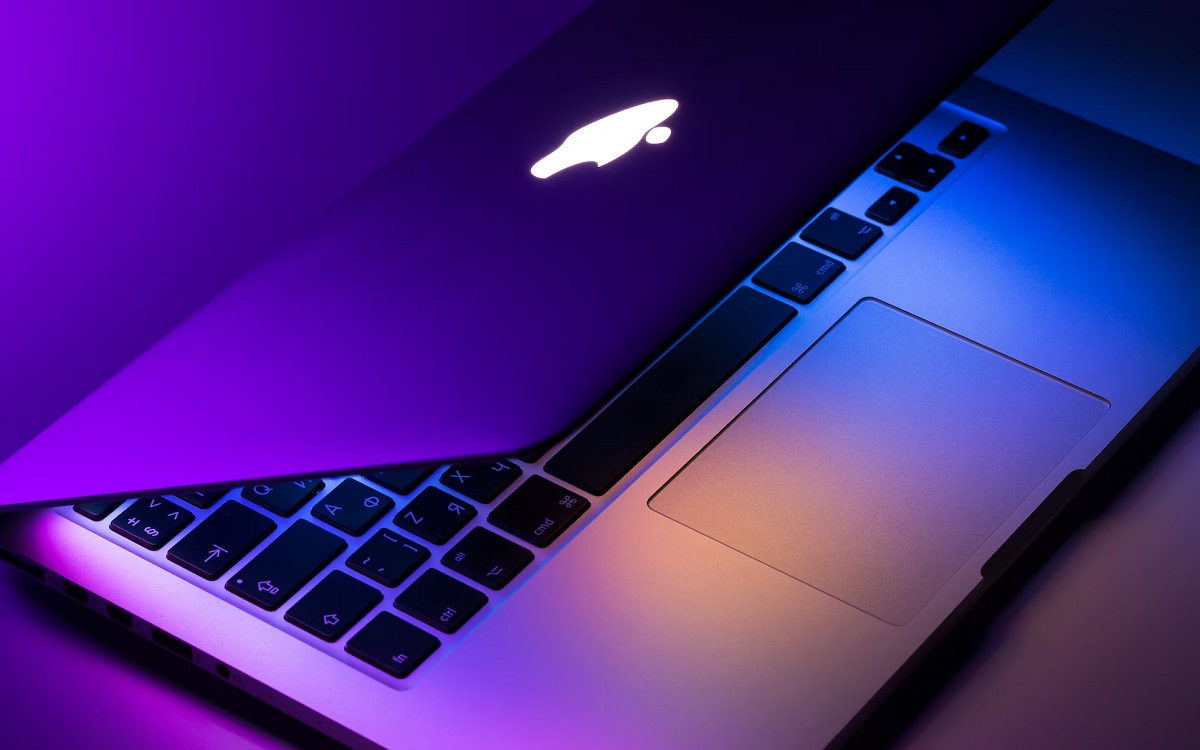
With the simultaneous rise of artificial intelligence (AI) chatbots, there’s been notable concern among some that tools like ChatGPT will empower even novice hackers to create devastating malware strains that can get around the most robust of Mac defenses.
Now, a new report from Mac security firm Moonlock seems to confirm some of those fears. It cites cases of hackers creating working malware just by prompting an AI chatbot to start coding.
For instance, Moonlock’s report includes messages posted by hacker known as 'barboris', who listed code produced by ChatGPT on a malware forum. There, barboris explained that they had little coding experience, but were still able to get ChatGPT to do their bidding with a little creative prompting.
However, before we get too panicked, ChatGPT is not quite the all-powerful malware-creation tool that it seems. As with any other experience of using an AI chatbot, it can be prone to mistakes and garbled nonsense, which has the potential to ruin any would-be hacker’s day. If someone with no malware experience were to use ChatGPT to create a virus, they might struggle to troubleshoot it and forge something workable.
The risk posed by chatbot-generated malware remains relatively low at this time.
Martin Zugec, Bitdefender
I previously spoke to a range of security experts on this very subject, and they were skeptical about ChatGPT’s ability to create effective malware. Chatbots have built-in guardrails to prevent people from crafting malware code, and for Martin Zugec, the Technical Solutions Director at Bitdefender, if a person is relying on ChatGPT to create code for them, they probably don’t possess the skills to bypass these guardrails.
Due to that, Zugec says, “the risk posed by chatbot-generated malware remains relatively low at this time.” What’s more, Zugec adds that “the quality of malware code produced by chatbots tends to be low, making it a less attractive option for experienced malware writers who can find better examples in public code repositories.”
In other words, while barboris may have been able to put together a virus using ChatGPT despite their limited hacking knowledge, a more experienced coder would likely get better results and more effective malware from public repositories and their own honed skills.
Still, clearly it is possible for inexperienced hackers to code up working viruses with little more than ChatGPT, a handful of effective prompts, and plenty of patience. This is something we’ll have to keep a close eye on over the coming years.


